Rocket Seed
$0.92
Rocket Plant is an organic fertilizer that is ideal for all gardening requirements. It can be used for lawns, gardens, and gardens that are being grown indoors. It is best for those who do not want to use chemical fertilizers and are also fond of natural products. They can use it for all types of gardens and have fun using the great taste of this organic fertilizer.
The key features of Rocket Plant are the way it works and the way it tastes. The taste of this fertilizer is mild and has a sweet taste that will satisfy anyone’s taste. It also has a great smell that will fill your house when you open the door for you and your kids. Also, it comes in a small container that will be safe for you and your kids to use. You can also use this fertilizer by pouring it into the ground or just apply it to your plants when they are young and start growing. This organic fertilizer will not cause any negative effects on the growth of your plants as long as you follow the instructions.
Out of stock

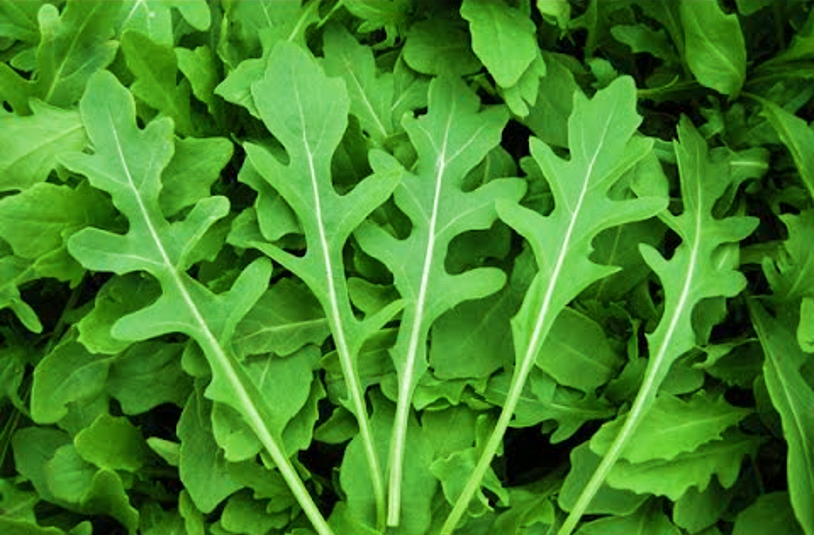
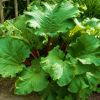

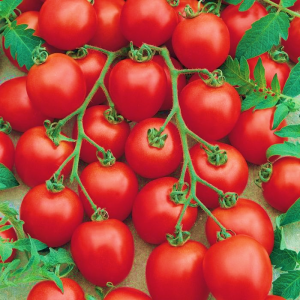
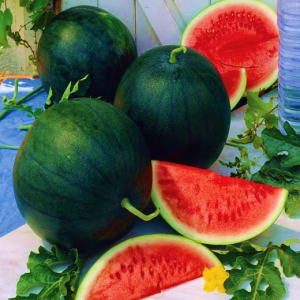
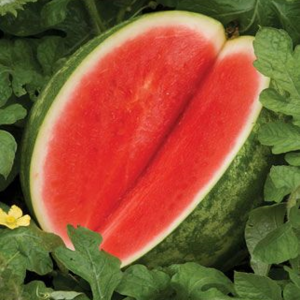
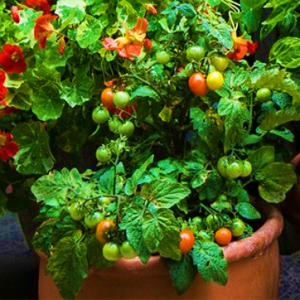
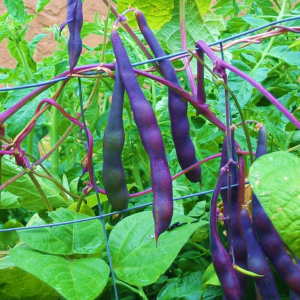
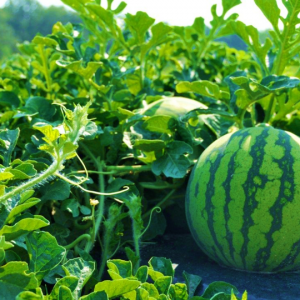
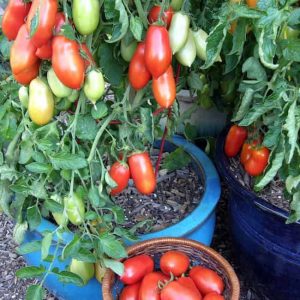
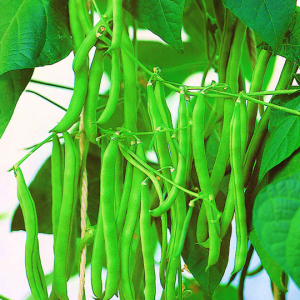
Reviews
There are no reviews yet.